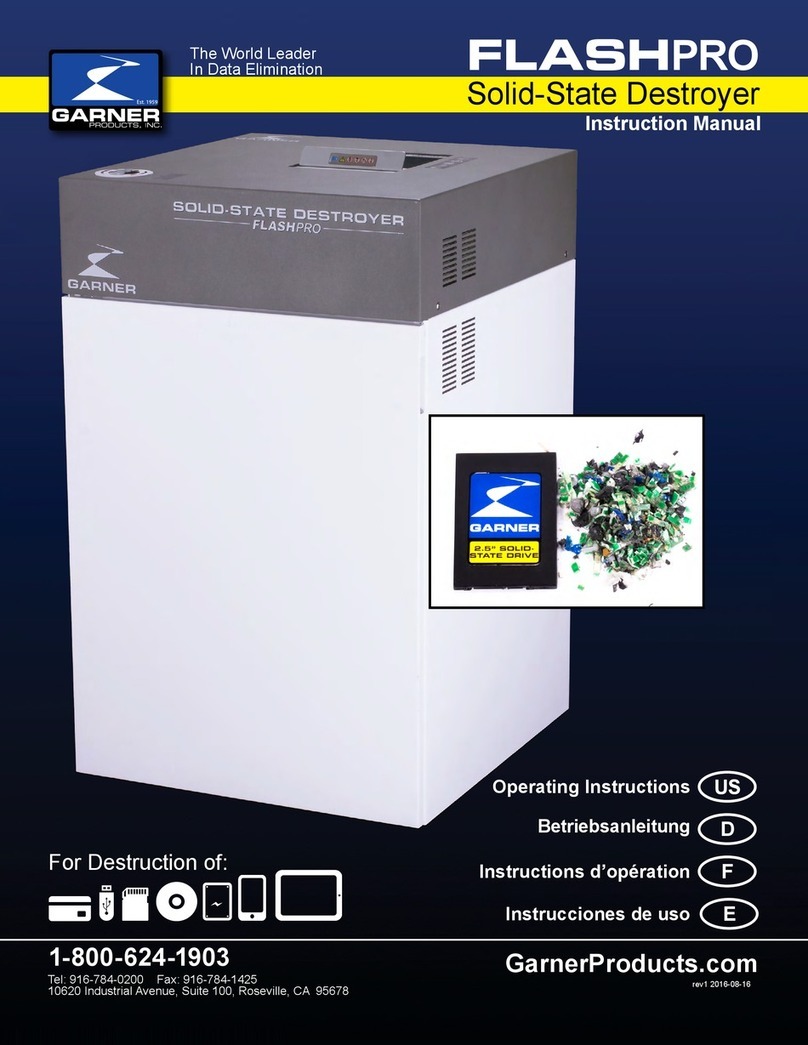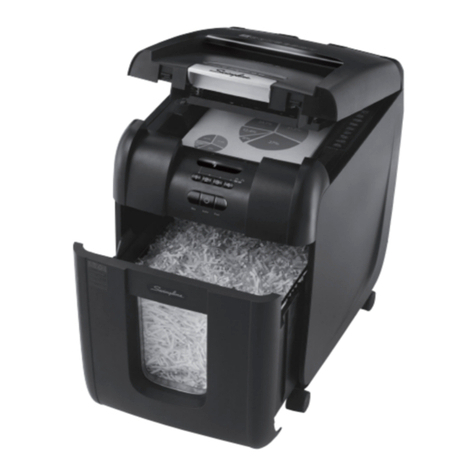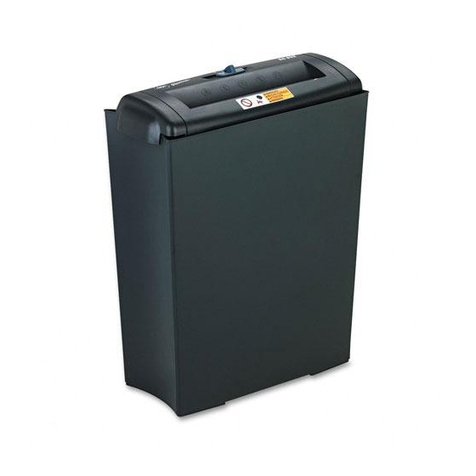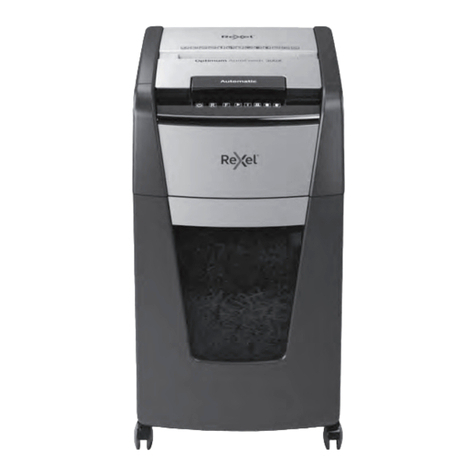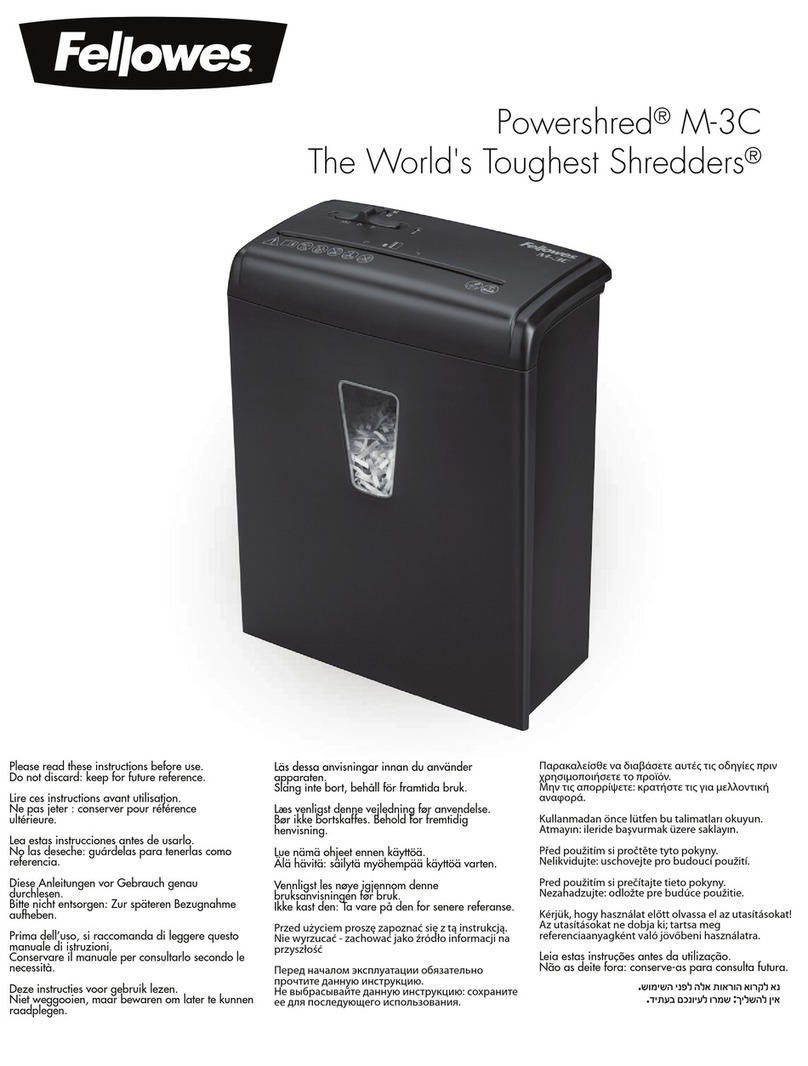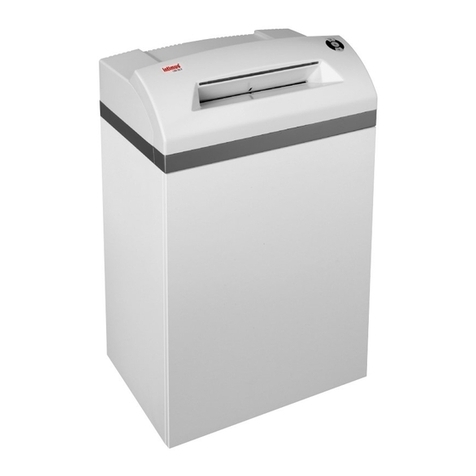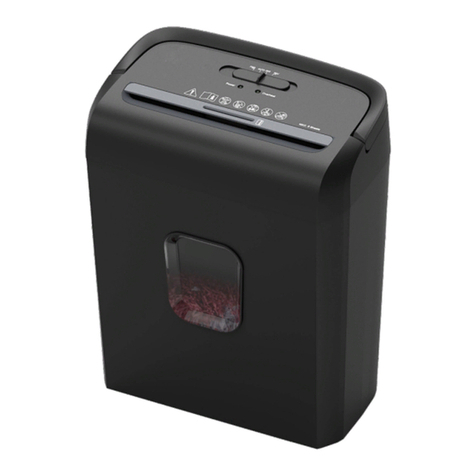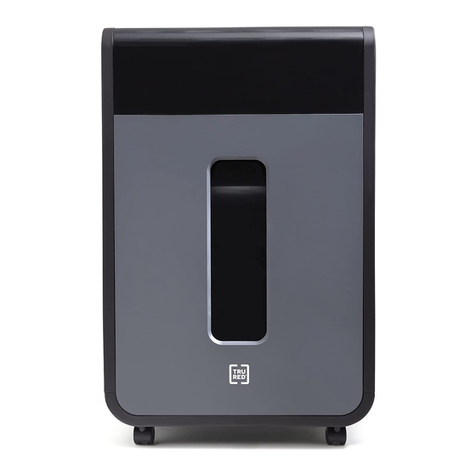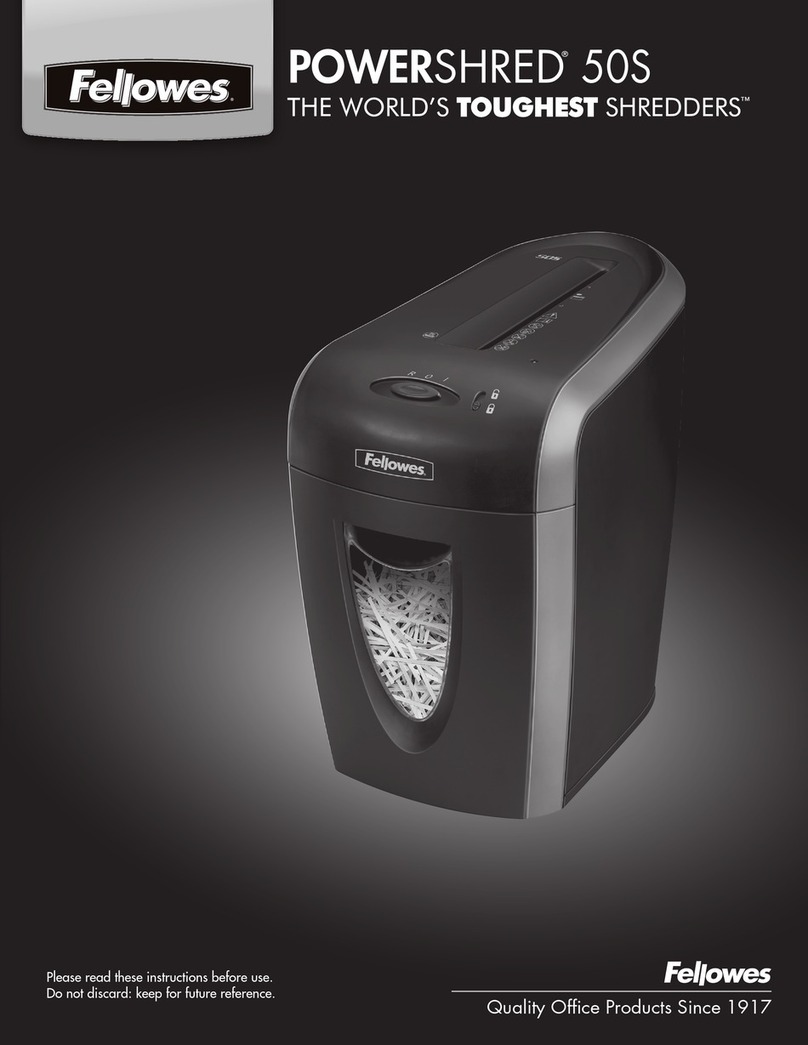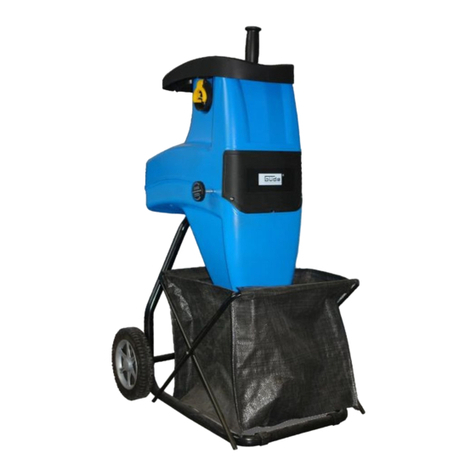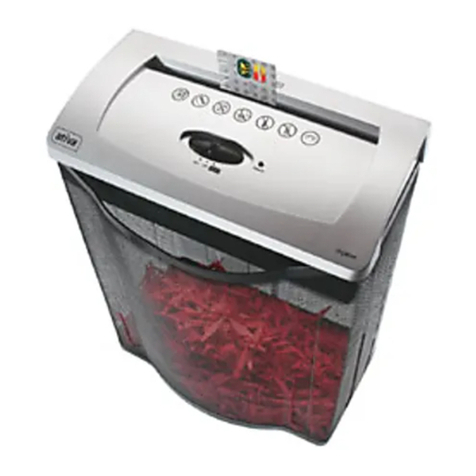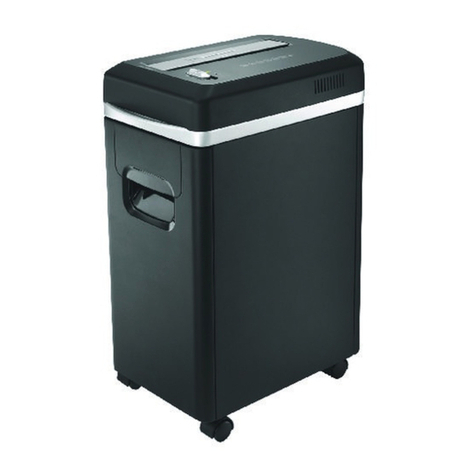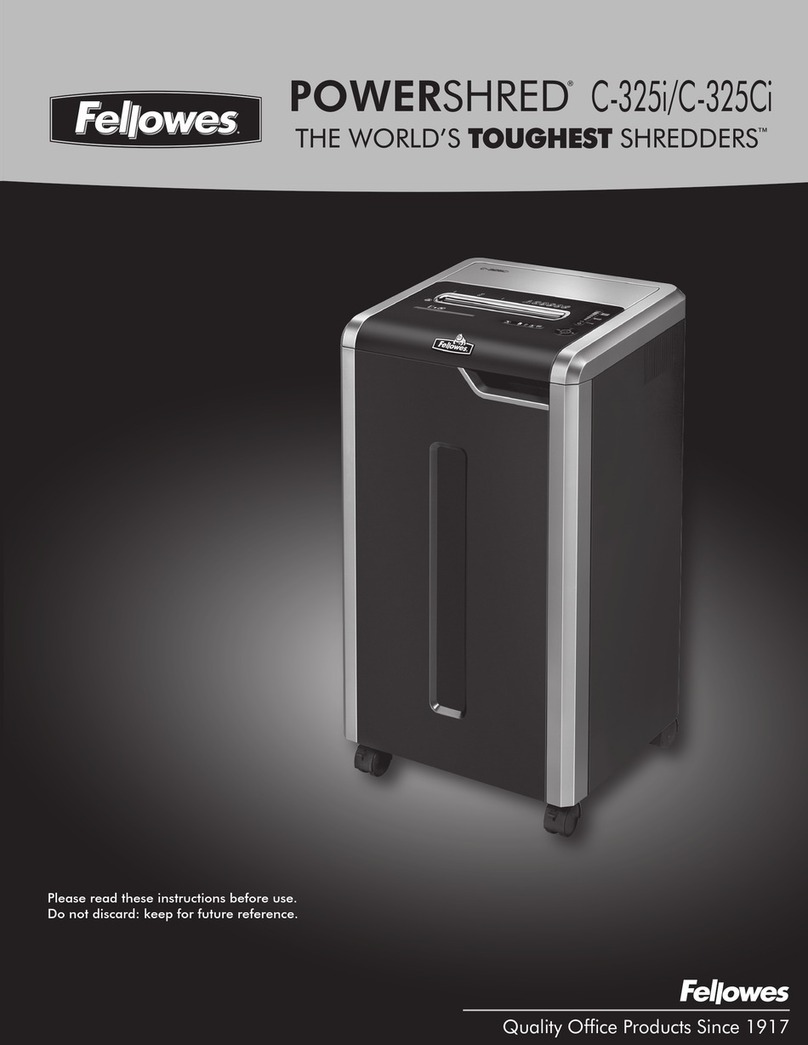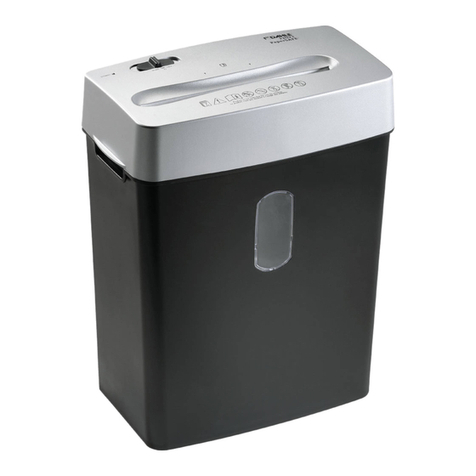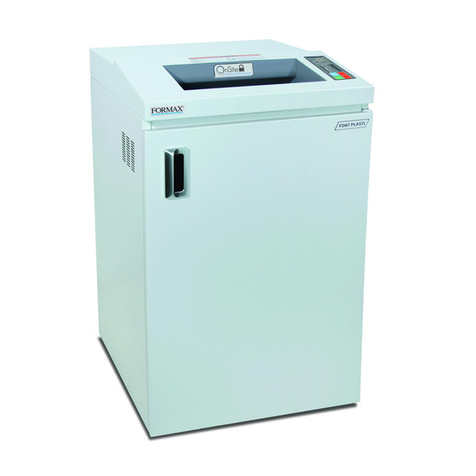
Operation & Maintenance, Page 2of 23Section 3 – Revision 2.3
MMD 625 SERIES TWIN
SHAFT MINERAL SIZER™
Principles Of Operation
The MMD Mineral SIZER™ accepts the product in through the top of the SIZER™, delivery being from any angle. The
two rotating shafts have attached the appropriate sizing teeth which pass the total product, undersize and oversize, down
through the SIZER™.
The undersized product is passed through the rotating teeth without further degradation, whilst the oversized product is
presented to the teeth in such a manner that the weakness of the material in tension is exploited to the advantage. The size
of the broken product can be controlled in all three planes, giving an accurately sized product, which is then passed to the
underside of the SIZER™.
The SIZER™ is made of extremely robust construction and of adequate strength to withstand continuous heavy duty
operation.
The machined sideframes are of ribbed construction fabricated from structural steel with easily replaceable steel
wearplates covering all the inside area of the sizing chamber. Suitable drillings readily accept the fitting of hopper and
chute work.
The main shafts are machined from high strength alloy steel bar which are supported by self aligning double row
spherical roller bearings which are situated in heavy duty housings. The bearings are lubricated by grease at both ends of
the SIZER™ and are protected by heavy duty lip seals which are further protected by a grease filled double labyrinth to
prevent the ingress of water, dirt, etc.
The actual sizing elements are manufactured to MMD’s own specification, various specialist materials have been
developed to suit particular requirements.
Important Note On Operation
Running machines without load for extended periods is known to have serious detrimental effects. This can cause
damage to the bearings. It must therefore be part of the operating procedure that when the machine is not being
fed material for an extended period it must be shut down.

